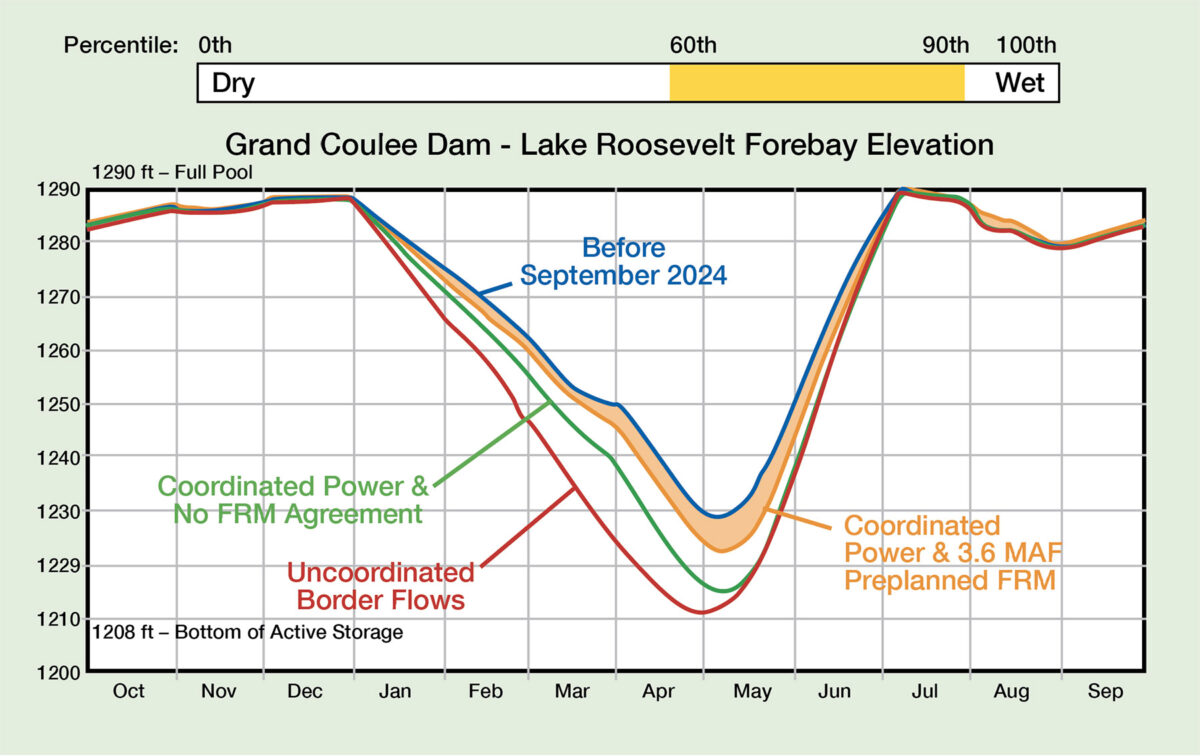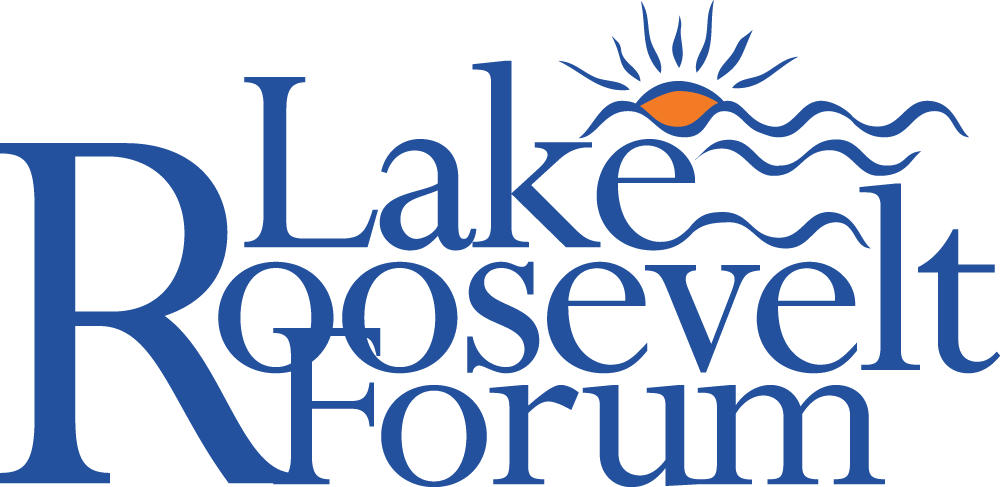Effects on Lake Roosevelt Reviewed
With much fanfare, the United States (U.S.) and Canada reached a non-binding Agreement in Principle (AIP) to modernize the Columbia River Treaty in July 2024. Provisions for a modernized treaty would extend through mid-September 2044.
The original treaty, which began implementation in 1964, supported 15.5-million-acre feet (MAF) of additional water storage through the construction of four dams (3 in Canada and 1 in the U.S.). The essential purpose was to optimize operation of the Columbia River to achieve flood control and hydropower benefits desired by both countries.
A key takeaway for Lake Roosevelt is that from March through May, interim measures will result in lake levels being lowered up to an additional 7 feet compared to the historical average. Future lake level (reservoir) changes and timing may also be affected by climate change.
Federal agencies will continue to work with tribes and resource managers to address cultural, fishery, recreation, Banks Lake management, and operation of Inchelium Ferry impacts.
Said Jarred-Michael Erickson, chairman of the Colville Business Council, about the ferry, “This impacts emergency response and ambulance travel times, creates longer drive times for Colville government staff that live on the east side of the Columbia, and generally makes it more difficult to access the goods and services tribal members/community members need from off the reservation.” The Bureau of Reclamation is committed to evaluating whether the ferry infrastructure can be modified to operate at lower reservoir levels.
Other key components of the AIP and Lake Roosevelt effects include:
Flood Control and Hydropower
Under the original treaty, 8.95 MAF of water (reservoir) storage is first dedicated to flood control. The AIP reduces this to 3.6 MAF.
Lake Roosevelt Moderately Wet Years

Said Peter Dickerson, Acting Chief of Columbia Basin Water Management for the U.S. Army Corps of Engineers, regarding the AIP, “The U.S. reservoirs will maintain current levels of flexibility in a minimum of 70% of years, including 60% of driest years.”
As the graphic shows, the combination of coordinated power and flood risk management is being used to minimize changes to Lake Roosevelt reservoir operations.
Flows for Salmon
A supplemental agreement to the current treaty supports annually releasing 1 MAF of water in Canadian reservoirs between May and August to support salmon and steelhead migration. This will be increased to 1.5 MAF in drier years. In addition to benefits for downstream Environmental Species Act (ESA) listed salmon, this is also expected to support non-ESA listed salmon reintroduction efforts above Chief Joseph and Grand Coulee dams.
Ecosystem Function
The AIP does not make ecosystem function a co-equal purpose to managing operations for flood control and power benefits.
Instead, both countries are committed to forming a Kootenai/y Transboundary Collaborative Workgroup (KTCW). The KTCW will coordinate with an additional new advisory group called the Joint Ecosystem and Tribal and Indigenous Cultural Values Body, which will be made up of First Nations and U.S. tribes. Individually and collectively, they will make non-binding recommendations to system operators regarding adaptive management to support informed ecosystem and cultural decisions.
Transmission
Improving and potentially creating new transmission lines will support the exchange of renewable energy, e.g.—hydropower, wind and solar, between the United States and Canada. This is expected to improve reliability by reducing blackouts, mitigating the effects of extreme weather, and reducing the variable nature of when renewable power generation is available.
Compensation
The original treaty resulted in Canada initially receiving $64.4 million for flood control benefits that corresponded with building 3 Canadian dams and their reservoirs. In addition, the original treaty annually compensated Canada for half of the estimated increase in downstream hydropower generated at
U.S. dams, commonly referred to as the Canadian Entitlement. Depending on the value of hydropower in any given year and other factors, the U.S. estimates the entitlement was worth $229 million to $335 million annually to Canada.
The AIP provides a different annual compensation package with three distinct components.
- The value of the Canadian Entitlement will be immediately reduced by 37%, with plans for additional reductions to 50% by 2033. The Entitlement will decrease further if Canada invokes their AIP option to reduce coordinated storage by up to 4 MAF annually.
- The U.S. will provide $37.6 million annually (indexed for inflation) for the value of preplanned flood risk management (FRM) storage in Canada.
- The U.S. will pay an additional $16.6 million annually (indexed for inflation) for additional benefits, e.g.—irrigation and navigation, supported by Canadian storage.
Although the calculations and sources of annual compensation to Canada are now different, it appears total annual compensation to Canada will be reduced by 15 to
25 percent.
Next Steps
The final text of a modernized treaty remains to be completed and adopted by both countries. Whether this will be a lengthy process is not known. Interim measures are expected to continue until both countries adopt a modernized treaty.

